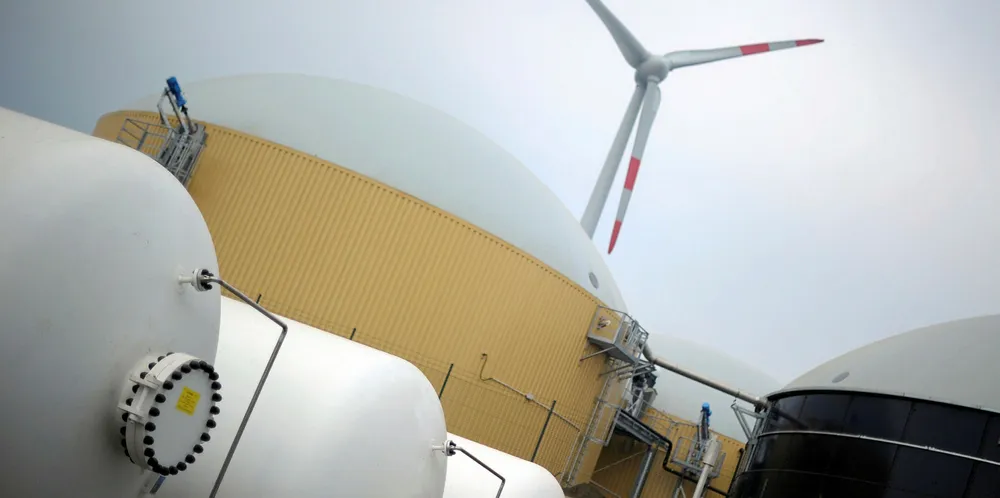Australian state sets 200% renewable energy target to power cheap green hydrogen
Tasmania said 2040 goal will help spur big wind and hydro development that can drive down renewable hydrogen production cost

Tasmania said 2040 goal will help spur big wind and hydro development that can drive down renewable hydrogen production cost
